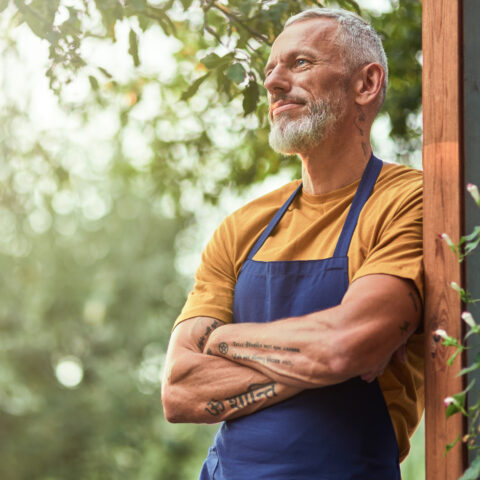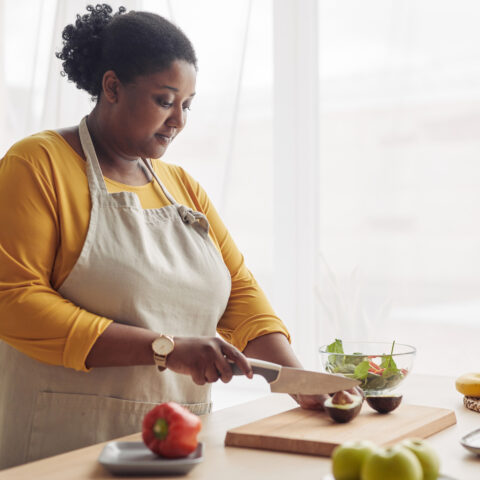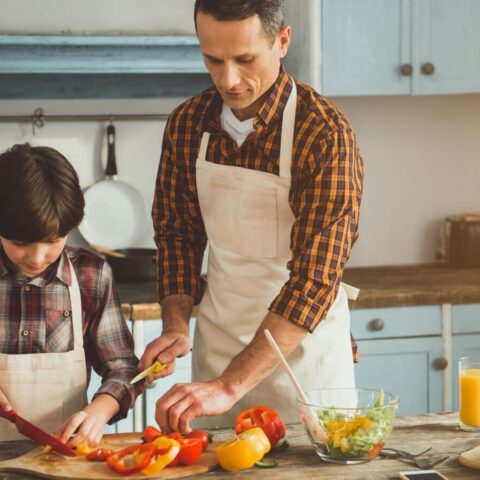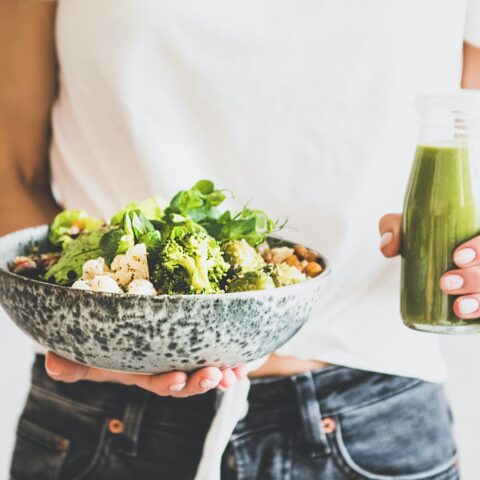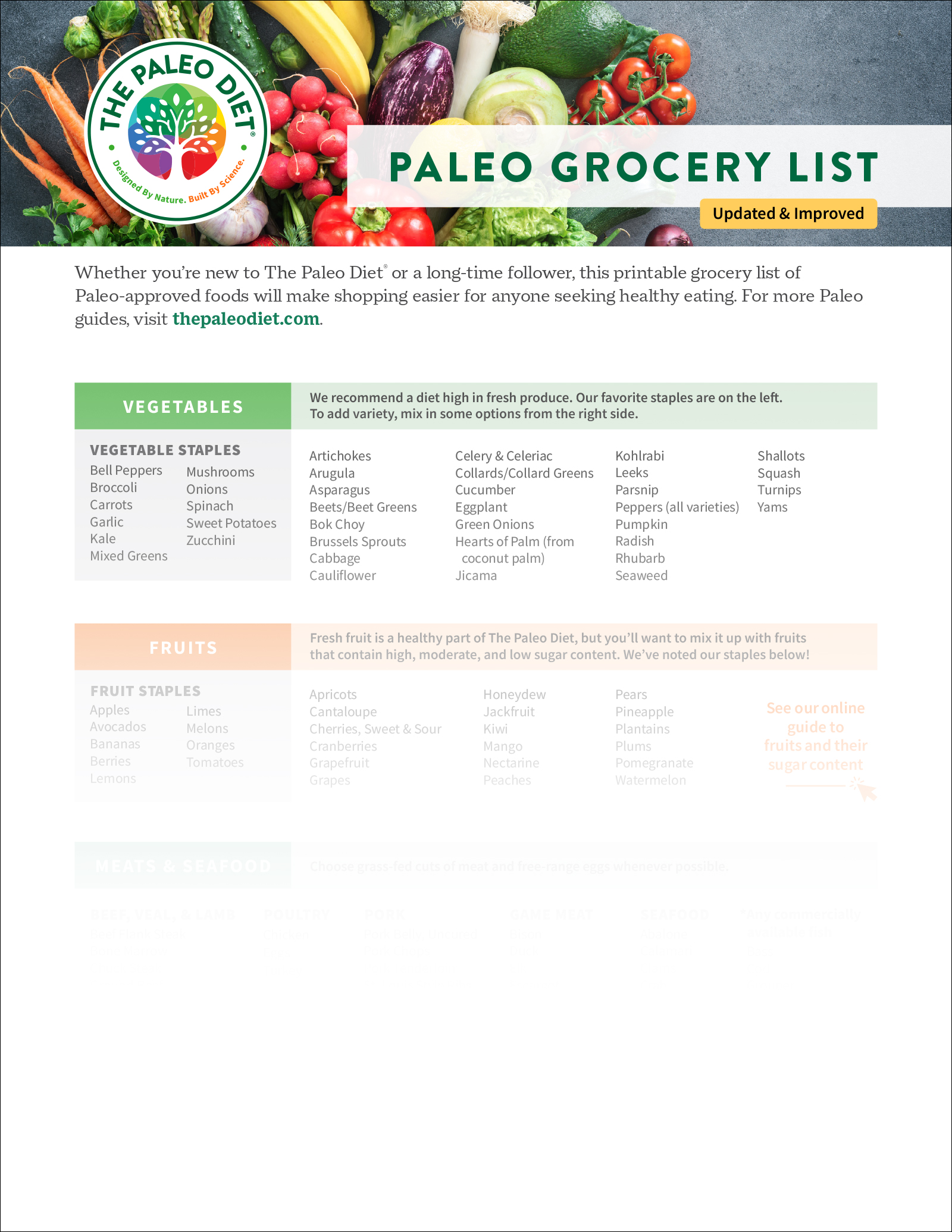Ines’ Paleo for Life Story: Leaving the Mediterranean Diet for Better Energy
Loren Cordain, Ph.D., M.S., Mark J. Smith, Ph.D., Ph.D., Trevor Connor, M.S.

This story is an excerpt adapted with permission from the book Paleo for Life: Superfoods to Slow Aging, Boost Longevity, and Enhance Your Well-Being by Dr. Loren Cordain, Trevor Connor, and Dr. Mark J. Smith. In this groundbreaking guide, the leaders of the Paleo nutrition movement reveal the longevity superfoods that can help you live longer and better, starting today.
When Inés had her fourth child after age 40, “all of my friends thought I was crazy,” she says. Yet, medical tests demonstrated that she was as healthy as a 25-year-old woman. Inés credits The Paleo Diet® for being able to keep up with her work as a physicist and happily running around after her children.
“If you take care of your body, your body will take care of you,” she says.
Inés didn’t always enjoy such abundant energy. Her health problems began as a university student in 2001 after she broke her leg and could no longer exercise. That sedentary lifestyle, plus her fast-food diet and even faster-paced university schedule, led to obesity in her 20s. Meanwhile, her husband’s weight also skyrocketed, and he developed nonalcoholic fatty liver disease.
Her doctor put Inés on a “typical 1,200-calorie diet,” but eating less caused her blood pressure to plummet and she felt faint. “My doctor told me I couldn’t diet anymore,” she says. “I felt trapped in my body and had no energy to play with my kids.”
Then, in 2013, her husband discovered the ECCO (Evolution, Complexity, and Cognition) multidisciplinary research group and began reading about the Paleolithic model of evolutionary well-being. This led him to Dr. Cordain’s books.
“Everything clicked for him,” Inés says, “but I was reluctant to try that lifestyle.”
Her hesitance stemmed from their Spanish cultural background, she explains. They’d always eaten a Mediterranean diet with bread at every meal and plenty of grains and legumes, but she finally agreed to try Paleo for a month.
“The more we read about Paleo, the more we understood we were starving our bodies because the foods we were eating weren’t very nutritious,” she says.
RELATED: Compare The Paleo Diet and the Mediterranean Diet
One month of eating Paleo turned into six, and Inés found herself at a healthy weight for the first time in 20 years. More importantly, “I felt so energized,” she says. “I slept well, woke up happy and relaxed, and could run around with my kids. The difference was completely mind-blowing.”
Their doctor couldn’t believe the difference at their next physical and wanted to know what Inés and her husband had done to reach such healthy levels on their blood panels.
These days, instead of a typical Spanish breakfast of coffee with toast and cereal, Inés is more likely to make eggs. Dinner is apt to be salmon or chicken with vegetables and the occasional sweet potato.
“One thing I love about The Paleo Diet is that you’re never craving food,” she says. “You feel full from giving your body the proper combination of nutrients.”
Paleo for Life
Paleo for Life reveals how your favorite foods and flavors can help you live a longer, healthier life.
Discover the most potent antiaging superfoods and see how what’s on your plate connects to how you feel each day. Includes a two-week meal plan and 50+ superfood recipes.
Live longer and better, starting today, with Paleo for Life.
